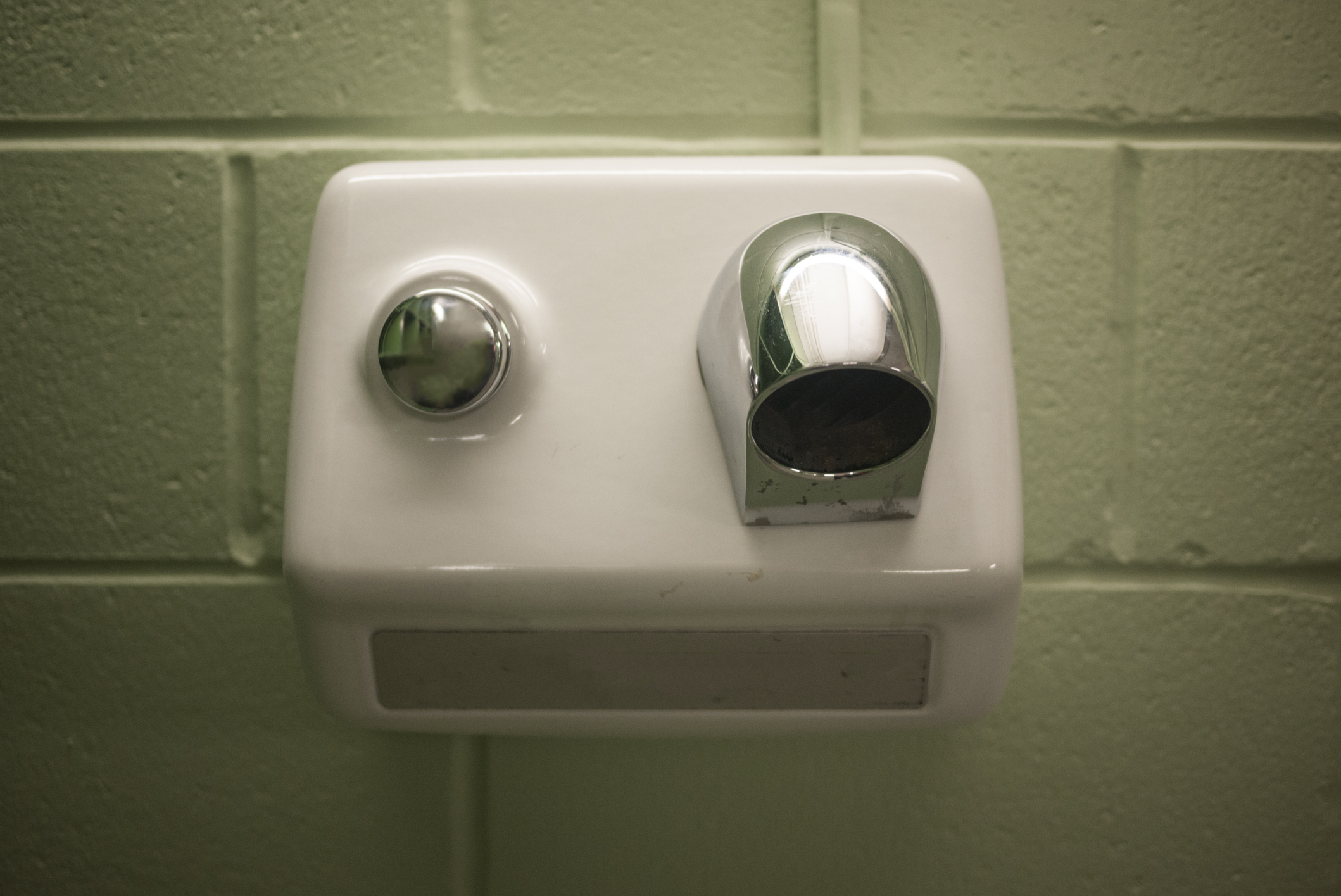Handwashing continues to be the front line of defence against infection caused by bacteria and the spread of viruses that can lead to illness. But despite the fact that hand jet air-dryers have been found by researchers to spread bacteria widely in public bathrooms, they continue to operate.
According to a study of hand-drying methods, published in the Journal of Hospital Infection, jet air and warm air dryers increase bacterial aerosolization when drying hands. And because so many people poorly wash their hands, jet air dryers can contaminate bathrooms at a 27 times higher rate than using paper towels. And the bacteria can continue to circulate for up to 15 minutes following the use of a jet dryer.
As a result of this study, researchers say jet-air hand dryers should not be used in hospital bathrooms. People also need to be reminded how to properly wash their hands before drying their hands, preferably with a disposable paper towel which not only absorbs excess water but also microbes left on hands. Warm air dryers did not spread a much bacteria as jet dryers, but using paper towels to dry hands was by far the best method to prevent contamination.
Proper Hand-Washing to Stay Healthy
Wash hands often, especially during cold and flu season, before and after preparing food, before eating, when caring for someone who is ill, after using the toilet, after blowing your nose, after changing diapers or helping a child in the bathroom, after handling garbage and after touching, feeding or cleaning up after an animal.
Steps to Wash Hand Correctly
- Wet your hands with clean, running water (warm or cold), turn off the tap, and apply soap.
- Lather your hands by rubbing them together with the soap. Lather the backs of your hands, between your fingers, and under your nails.
- Scrub your hands for at least 20 seconds. Need a timer? Hum the “Happy Birthday” song from beginning to end twice.
- Rinse your hands well under clean, running water.
- Dry your hands using a clean towel or paper towel.
Source: Centers for Disease Control and Prevention






Add Your Voice
0 Comments
Join the Discussion